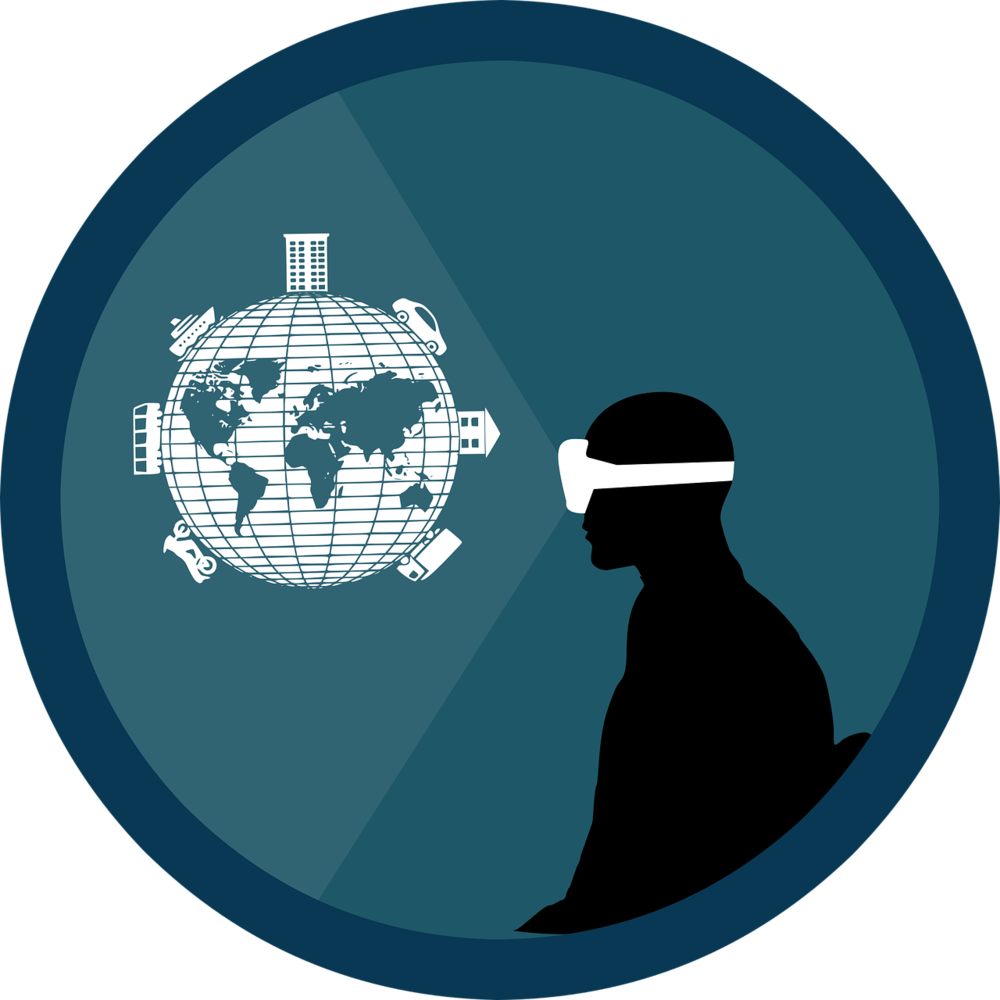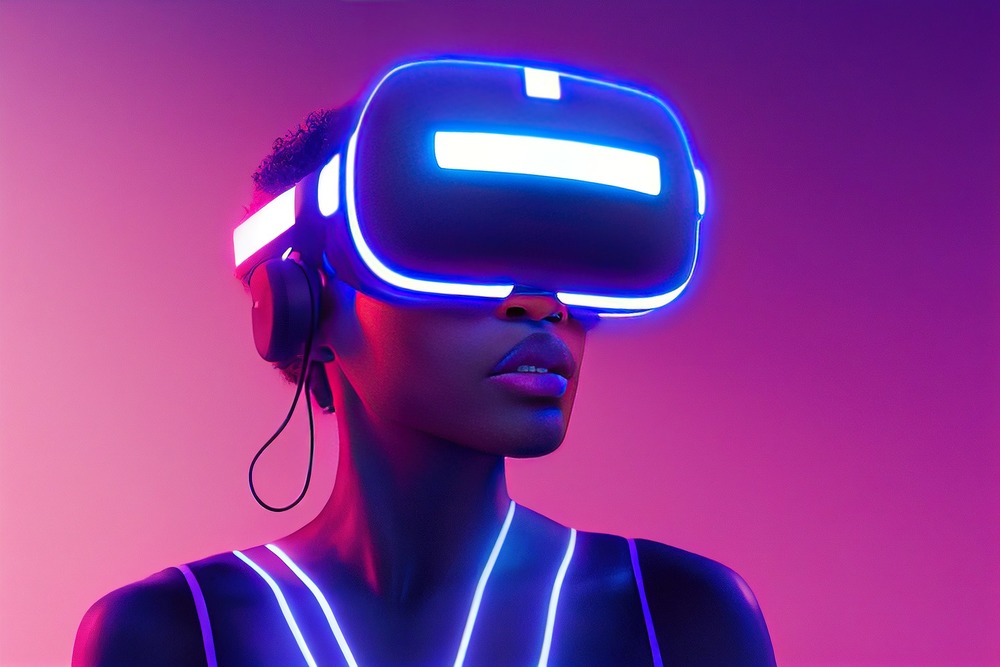This article is part of a blog series on immersive technologies, exploring how they are changing the way we do business in the construction industry.
Immersive technologies like virtual reality (VR) and augmented reality (AR) are revolutionizing Architecture, Engineering, and Construction (AEC).
VR is mainly used in the design and construction phases it is used by architects to replicate intuitively the experience of a building design, for all stakeholders on a construction project, including the clients. You can see what a building will look like and how it would feel to be in it.
We are used to Blueprints, 2D renderings, and scale models to visualize a design but they cannot give the same experience provided by immersive technologies.
AR is finding a role in construction as it allows you to map the digital construction and superimpose it onto the physical world.
Immersive technology in the construction industry is still in its infancy. It allows AEC professionals to:
The improvement in the accessibility of VR tools and applications integrated into Building Information Modeling (BIM) has a lot of potential but its adoption is slow.
A few barriers have to be removed from both the technology and management perspectives. The main hurdles are communication and collaboration at an early stage of a construction project between the various teams:
VR and AR can provide additional capabilities for BIM to improve and streamline processes using:
Extended reality (XR) can provide an immersive and interactive experience with a new and different kind of visualization.
XR is made of the following technologies:
They all have:
We will focus on VR and AR in this article

VR is used to:
VR in the construction sector needs expensive specific pieces of equipment and limits its usage.
Below we explore the best applications for the use of VR in construction.
The power of immersive experiences in VR allows you to:
VR simulation training modules are preferred by students over traditional ones, but they are expensive. To make it more affordable you could use mobile/web-VR devices.
For example, in a fire evacuation simulation you can improve the impact of safety by introducing:
In education, a VR-enhanced BIM design and data exchange process in projects helps learners to visualize and explore the potential of the design and discuss its challenges. The visualization of construction projects without VR can only be experienced on the construction site.
To illustrate this, in VR you can visualize reinforcement structures and formations hidden in the concrete to:
For example, Sanchez-Sepulveda, Marti-Audi, and Fonseca-Escudero (2019) created the urban areas of the city of Barcelona in VR. Their students can change and recreate this area by interacting with elements in the VR environment.
VR technology in urban planning education is a suitable tool for:
A VR experience can replace a physical maquette of the future construction to:
VR can simplify the decision-making process in design by contrasting various design alternatives of the construction to:
VR can enhance the process of testing the environment in the design phase. For example how wheelchair users can explore the planned building or urban environment to make sure they will feel comfortable in the real world.
VR representation of architectural visualization is easier than traditional 3D visualization on flat desktop monitors.
In the design process it helps to plan to:
Our partner plannerly developed software that, thanks to recent developments in VR, BIM, artificial intelligence, and image processing, can monitor the advancement of the project and automatically update the changes made in the BIM model into the program management and verify that they meet the client's requirements.
In digital twin processes, you can use VR to compare the as-built digital design with the real constructed building
A VR-based BIM simulation in an on-site trailer equipped with a VR setup for visualization provides the capability to read, annotate, and modify any object in the environment in real-time. Combining this with a virtual meeting on zoom with multiple users will improve the project collaboration with real-time interaction.
A recent study has shown that the results of in-VR communication are comparable to traditional face-to-face communication. It:
You can simulate crisis conditions, such as an earthquake or fire scenario in VR to visualize safe and dangerous zones on the evacuation route. You will be able to:
The maintainability of a building should be planned early in design to consider how to:
VR can help improve the visualization of facilities and verify their maintainability in advance.
For example, a VR simulation of collision detection in MEP systems can provide solutions to easily access MEP systems in case of repair or replacement of a component.

The construction industry became more efficient, increased performances, and created better models but we still design a 3D structure in 2D space.
AR is one of the nine pillars of the digital revolution in the construction industry. AR has the potential to transform the way we work in AEC and provide companies with a new way to get a competitive advantage.
AR from the perspective of the United Kingdom construction industry investigated current and potential applications of combining BIM and AR.
The visualization and simulation of construction work, project documentation, project planning, project monitoring, and project modification are the five most applied areas of Augmented Reality.
During the investigation:
Respondents were asked to specify their level of usage of AR in their professional lives
Between 2 and 8% of respondents felt that AR use cases are not applicable in construction. Fortunately the rest of them ranked the potential as follows:
Researchers found that:
For example, remote site inspection can allow the collection of data in real-time but the technology is not yet developed enough, due to difficulties to provide the technical, human, and financial resources.
Augmented reality is an emerging technology within construction, and there is still little existing data about its uses, challenges, and successes.
Practitioners in the construction industry regarding the potential of AR agree that:
During the pandemic, when people were forced to work remotely, AR would have been a great benefit by:

Immersive technology is still not well spread in the construction industry but is seen as having a lot of potential to:
Driving Vision's technology diagnostic looks at the best way to incorporate new technology into your workflows and how to move your organization to the use of immersive technology so you can open up new possibilities for your daily planning tasks.
The technology appraisal report will help you to explore what investment is required to improve your projects’ productivity and collaboration as well as the ROI you can expect.
A Driving Vision expert will conduct the interviews online and will issue a report and discuss our findings with you. Together we will decide the best way to implement the solutions at your pace and according to your budget.
Implementing BIM can be daunting, but Driving Vision is here to help you at the pace you are comfortable with. Get started by getting in touch now
Seamless Data Transfer
Enhances collaboration between team members
Allows you to build green constructible assets on budget and on time
